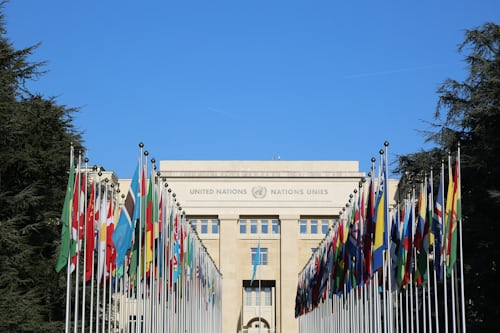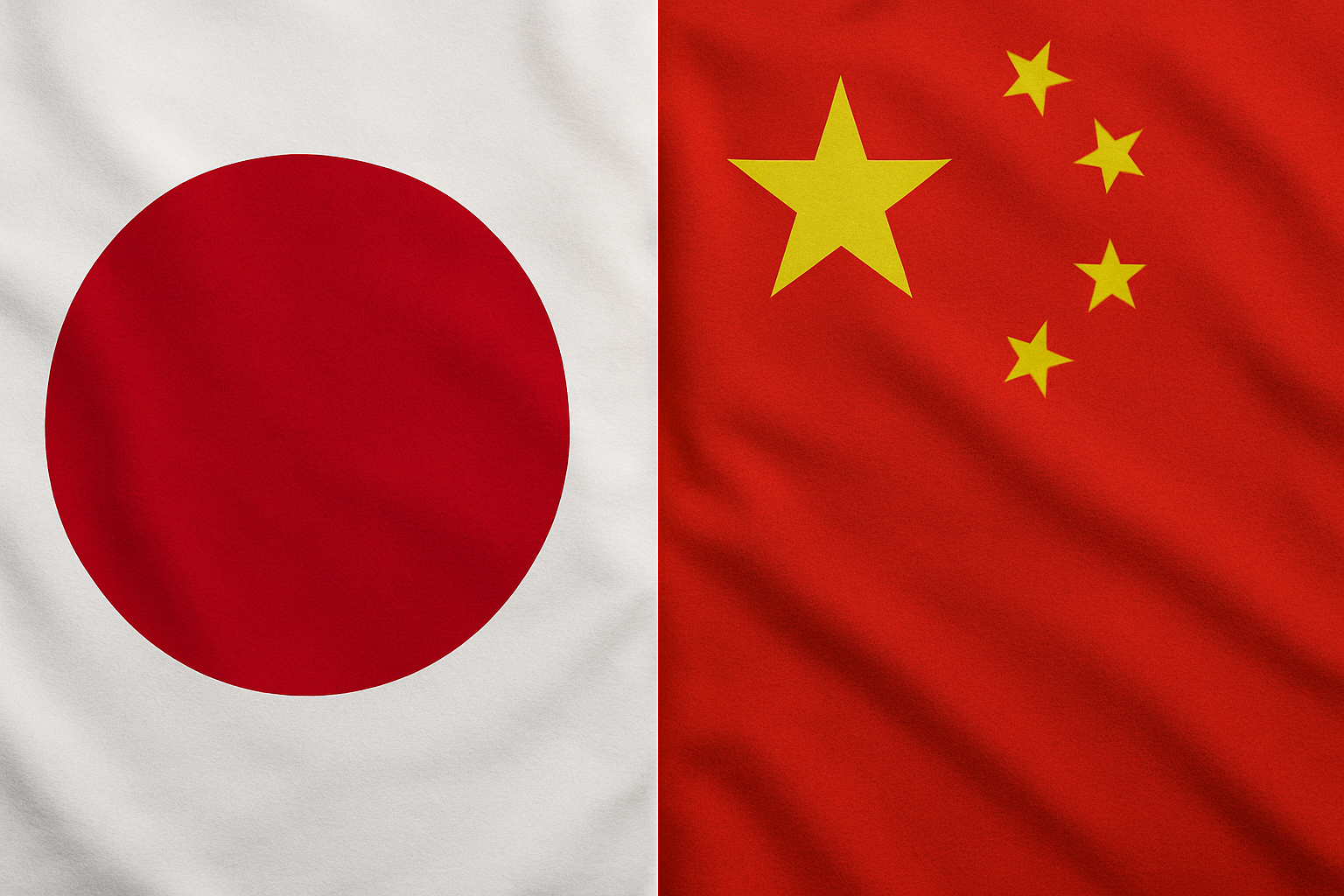
UN Security Council Vote Overview
Here’s the twist: the Security Council moved from debate to decision in one sweep. On November 17, 2025, it took up a U.S.-drafted text to halt the war and stabilize Gaza, according to available reports from multiple outlets.
The draft aimed for more than a pause. It backed a ceasefire tied to a staged hostage-release deal and proposed an International Stabilization Force for Gaza, as outlets noted ahead of the vote.
You might be surprised that the text also referenced a potential path to Palestinian statehood. That detail signaled a political horizon, beyond immediate security steps, as reported by The Guardian and AP.
Meanwhile, diplomacy did not run in a straight line. Russia and China floated a rival approach before the gavel, underscoring sharp divisions on method rather than end state.
Additionally, Israeli politics set a tense backdrop. Before the vote, Israel’s prime minister reiterated opposition to a Palestinian state, even as the draft kept that door ajar, AP reported.
What no one is mentioning: the timeline pressure. Negotiators revised the draft through the day to lock support, according to accounts of the pre-vote scramble.
Resolution Adoption and Voting Details
Then came the count. The Council adopted the resolution 13-0, with Russia and China abstaining, according to Reuters and the Washington Post.
There were no votes against. Consequently, the measure cleared the bar despite two major-power holdouts.
Timing mattered for headlines. Reports put the adoption late Monday local time and early Tuesday UTC, reflecting New York’s night session tempo.
Furthermore, the abstentions spoke volumes. Moscow and Beijing avoided a veto while signaling reservations about details and implementation.
Still, the Council’s center of gravity held. Thirteen members lined up behind the plan’s core: stop the fighting and stabilize the ground.
Key Provisions of the Resolution
Here’s the twist: it is not just a ceasefire. It is a multi-phase process that trades quiet for releases and paves space for rebuilding, as described by reporters who reviewed the text.
First, the resolution endorses a ceasefire framework linked to a staged hostage-release deal. That sequencing aims to reduce incentives for spoilers while delivering tangible gains.
Second, the text authorizes an international stabilization force for Gaza. Reuters reported language “authorizing an international stabilization force,” focused on security, demilitarization, and reconstruction support.
Additionally, the plan establishes a transitional authority for Gaza. This body is meant to manage civil functions and coordinate with the force during early recovery.
Moreover, the political track appears baked in. The Washington Post noted the resolution “envisions a possible pathway to Palestinian statehood,” echoing language about “a credible pathway to Palestinian self-determination and statehood.”
Consequently, the package binds security steps to political ones. That coupling could shape timelines, aid flows, and local governance choices.
Also, the stabilization force’s mandate includes sensitive duties. According to Reuters’ summaries, the mission would support disarmament and counter-rocket measures alongside protection for humanitarian operations.
For clarity, here are the headline elements as described by outlets that obtained the text:
- Multi-phase ceasefire linked to hostage releases and verified compliance.
- International Stabilization Force to “provide security in Gaza,” with demilitarization support and humanitarian protection.
- Transitional authority to coordinate services and early reconstruction.
- References to a “credible pathway” toward Palestinian self-determination and possible statehood.
If these pillars hold, implementation will hinge on sequencing and monitoring. Therefore, the credibility of the force and the authority will make or break compliance.
Finally, expectations management matters. The resolution sets direction, but it does not guarantee behavior on the ground.
Hamas Response and Rejection
Hamas moved quickly to reject the Council’s decision. Reuters reported the group’s argument that a force tasked with disarmament “strips it of its neutrality, and turns it into a party to the conflict.”
In other words, the mandate itself is the flashpoint. If the force supervises weapons control, Hamas says neutrality vanishes.
Additionally, Hamas framed the resolution as an international trusteeship over Gaza. That claim sharpened the political stakes and challenged the plan’s legitimacy.
Nevertheless, the rejection does not end the story. The Council’s decision stands, and regional actors will now assess leverage and timelines.
Here’s the twist: the plan’s success may depend on the very criticism leveled at it. If the force is seen as credible and impartial, it may deter spoilers.
However, credibility is earned on the ground, not drafted on paper. Oversight, transparency, and civilian protection will test the mission from day one.
Furthermore, the hostage track remains a pressure point. Any delays or disputed verifications could stall the ceasefire sequence.
Still, the Council’s move resets the diplomatic table. Donors, neighbors, and mediators now have a framework to align aid and security.
As a result, attention shifts to who joins the force, who funds it, and who runs the transitional authority. Those choices will signal long-term intentions.
Also, watch the politics around statehood language. Supporters see a “credible pathway,” while skeptics will parse every milestone for slippage.
In contrast, Russia and China’s abstentions could shape the mission’s optics. Their distance may affect perceived neutrality in some regional capitals.
Yet the 13 votes carry operational weight. They authorize deployments, assistance, and reporting that can start shaping conditions on the ground.
In short, the Council chose momentum over stalemate. The coming weeks will show whether that momentum survives contact with reality.
What no one is mentioning: implementation usually fails on logistics, not headlines. Verification teams, secure corridors, and rapid funding will decide outcomes.
Therefore, track the boring details. They often predict whether a plan turns into facts.
Ultimately, the resolution stacks security, governance, and politics in one frame. If each pillar stands, Gaza’s immediate risk picture could change quickly.
But if any pillar collapses, the rest follows. That is the delicate math now in play.
Finally, keep an eye on the mission’s rules of engagement. Restraint and clarity will be essential to maintain the force’s perceived neutrality.
Consequently, every incident will matter. In this mandate, perception is as decisive as performance.
You might be surprised that the most consequential decisions may be quiet ones. Procurement, staffing, and liaison picks could decide the mission’s fate.
For now, the Council has moved from words to authorization. The region will judge the results, not the rhetoric.
And that is where this story heads next. Implementation will write the final draft.
Sources
- Reuters — UN Security Council adopts U.S. resolution on Gaza
- Reuters — Hamas rejects UN Gaza resolution
- The Guardian — UN to vote on Gaza stabilization force plan
- The Washington Post (AP) — UN approves U.S.-drafted plan for Gaza
- AP News — Israeli leader opposes Palestinian state ahead of UN vote
- Dawn (AFP) — UNSC set to vote on international force for Gaza

